Join Cultural Samvaad’s WhatsApp Community
Introduction to the Katha Upanishad
The Katha Upanishad (कठोपनिषद्) is revered as one of the major Upanishads in the Vedic corpus that sets out the foundational principles of Sanatan Hindu Dharma. The extant text which is a part of the Krishna Yajurveda is in the form of a dialogue between Yama (यम- the King of the Dead) and a young seeker named Nachiketa (नचिकेता). Its seminal importance stems not only from Yama’s discourse where he expounds the path to immortality but also from the aspirational character of Nachiketa who can serve as a role model for youth thousands of years after the composition of the text.
The date of the Katha Upanishad is contested and ranges from the 6th to 1st centuries BCE. Scholars continue to debate whether it should be placed before the Buddha or after the Buddha.
The text of the Katha Upanishad is divided into 2 chapters (adhyaya or अध्याय). Each chapter is further divided into 3 sections (valli or वल्ली) and each verse has multiple shades and layers of meaning hidden within its fold.
This note borne out of teaching and discussing the Upanishad with various cohorts of learners from 18 to 80, merely attempts to introduce lay readers to the text so that they may set out on their own explorations. It draws upon the ruminations of generations of scholars, and a short reference list is provided at the end of the note.
Narrative Setting of the Katha Upanishad – The Dialogue between Yama and Nachiketa
Once upon a time, a Rishi called Vajashravasa (वाजश्रवस) performed the great Visvajita sacrifice (यज्ञ) in which he pledged to give all his possessions away. He had a young and intelligent son named Nachiketa who noticed that his father was only donating that which was of no use to him like cows which had stopped producing milk.
Worried that his father’s efforts would not yield the desired fruits, the bold Nachiketa walked up to his father and asked him; ‘O Father, to whom shall you give me?’. His father ignored his son’s seemingly petulant question. But Nachiketa asked again and again. An enraged Vajashravasa replied; ‘I will give you away to Death’.
As soon as he said these words, the father was distraught and realised that he had committed a blunder. But the dice had been cast. The bold seeker Nachiketa decided to travel to Yama’s abode himself.
When he reached his Yama’s ageless palace, Nachiketa was stopped from entering by his guards. Not only was Yama away but also no one could enter his hallowed abode till invited by its master. Unperturbed, Nachiketa patiently sat at the entrance of the palace, waiting for Yama to come back. He waited for three days and three nights.
Finally, Yama returned. To his surprise, he was greeted by a young uninvited guest. Pleased by the young boy’s persistence and ashamed that the little Brahmin guest had waited at his house without food and without water, Yama granted Nachiketa three boons.
Nachiketa’s Three Boons
For his first boon, Nachiketa requested for his father to be freed from anxiety and not to be angry with him anymore.
For his second boon, Nachiketa asked for the knowledge of that sacrifice which leads to heaven. As a special favour to Nachiketa, Yama also declared that the fire or agni of that sacred sacrifice would be named after him.
For his epoch making third boon, Nachiketa stated the timeless doubt; ‘When someone dies, some say, ‘it exists’ while others say, ‘it does not exist’.’, and beseeched Yama to explain the true nature of Death.
येयं प्रेते विचिकित्सा मनुष्येऽस्तीत्येके नायमस्तीति चैके।
एतद्विद्यामनुशिष्टस्त्वयाऽहं वराणामेष वरस्तृतीयः ॥
Katha Upanishad 1.1.20 – Nachiketa’s Third Boon
Yama was reluctant to grant this boon for even the devatas do not fully comprehend death. He told Nachiketa to ask for another boon and tried to lure him by offering all the riches of the earth, all material pleasures that humans covet and an unimaginably long life.
शतायुषः पुत्रपौत्रान्वृणीष्व बहून्पशून्हस्तिहिरण्यमश्वान्।
भूमेर्महदायतनं वृणीष्व स्वयं च जीव शरदो यावदिच्छसि ॥
Ask for sons and grandsons that will be centenarians. Ask for many animals, elephants and gold and horses and a vast expanse of the earth. And you yourself live for as many years as you like.
Katha Upanishad 1.1.23 – Yama’s Temptations
Nachiketa was not swayed by these ephemeral pleasures. He averred that those seemingly limitless joys were limited by inevitable death and hence, were perishable. He expressed his desire to know only that which was truly unperishable.
Nachiketa had successfully cleared the test that he had been put through. The great Yama knew that he had found a worthy student and commenced his discourse.
Yama’s Discourse in the Katha Upanishad – Timeless Lessons
Two Roads Beckon Us – Shreya or Good and Preya or Pleasurable. Which road shall we choose?
There are two paths with two divergent ends that present themselves to human beings – the path of Shreya or Good and the path of Preya or Pleasurable. The unintelligent and ignorant choose Preya or the delectable path of pleasure and succumb to transient temptations and material joys. Having strayed from the true path, they keep going round and round in the endless cycle of birth, death and rebirths.
The intelligent choose Shreya or the preferable path of Good and give up all attachments that lead to happiness and sorrow. They develop powers of concentration, meditate on the atma within and finally realise its divinity and oneness with the Purusha or the Supreme Brahman.
अन्यच्छ्रेयोऽन्यदुतैव प्रेयस्ते उभे नानार्थे पुरुषं सिनीतः।
तयोः श्रेय आददानस्य साधुर्भवति हीयतेऽर्थाद्य उ प्रेयो वृणीते ॥
श्रेयश्च प्रेयश्च मनुष्यमेतस्तौ सम्परीत्य विविनक्ति धीरः।
श्रेयो हि धीरोऽभि प्रेयसो वृणीते प्रेयो मन्दो योगक्शेमाद्वृणीते ॥
Katha Upanishad 1.2.1 & 2 – The Two Paths
What is the Nature of the Atma? Echoes of the Bhagavad Gita
The atma or the intelligent Self is not born, nor does it die. It did not originate from anything, nor did anything originate from it. The atma is unborn, eternal, changeless and ancient. It is not killed when the body is killed.
न जायते म्रियते वा विपश्चिन्नायं कुतश्चिन्न बभूव कश्चित्।
अजो नित्यः शाश्वतोऽयं पुराणो न हन्यते हन्यमाने शरीरे ॥
Katha Upanishad 1.2.18 – Nature of the Atma
What is the role of the Body? Our Body is like a Chariot. The Setting of the Bhagavad Gita
During the discourse, Yama uses the analogy of a chariot which is reminiscent of the setting of the Bhagavad Gita to help one understand the path to realising the Supreme world of Vishnu.
The body is like a chariot and the senses are like the horses which are yoked to the chariot. The atma rides on the chariot like the rider and the road on which it travels is the world of objects that the senses perceive. The intellect or the charioteer controls the mind which is like the reins that enable it to hold the senses or horses in check.
आत्मानं रथिनं विद्धि शरीरं रथमेव तु।
बुद्धिं तु सारथिं विद्धि मनः प्रग्रहमेव च ॥
Katha Upanishad 1.3.3 – The Analogy of the Chariot
If the intellect does not control the mind which in turn reins in the senses, they run out of control like vicious horses and the rider and chariot do not reach the true goal. This implies that the atma remains embroiled in the endless cycle of rebirths. If the wise intellect controls the mind and the senses, the rider or the atma realises the supreme Brahman and experiences infinite bliss.
Important Shlokas from the Bhagavad Gita
How does one Realise the Atma?
Yama explicitly states that while anyone can become a knower of the atma, the path to realisation is long and arduous. Realisation cannot be attained merely through speech, or through study, or through the eye. He exhorts us to arise, awake and learn so that we can traverse the path from mortality to immortality.
The pure and immortal atma is lodged within us and is One with the Supreme. It is self-luminous, which implies that it shines on its own. The sun, the moon, the stars, the lightning born of the clouds and the sacrificial fires do not furnish it with light. When we can distinguish the atma from the sheaths under which it is lodged, we realise our immortality.
What is the Great Secret of Death?
When all desires clinging to one’s heart fall off and when all the knots of the heart are destroyed, the mortal becomes immortal and attains Brahman here. This is the great secret of Death, and this is the entire teaching of the Upanishads.
यदा सर्वे प्रमुच्यन्ते कामा येऽस्य हृदि श्रिताः।
अथ मर्त्योऽमृतो भवत्यत्र ब्रह्म समश्नुते ॥
यथा सर्वे प्रभिद्यन्ते हृदयस्येह ग्रन्थयः।
अथ मर्त्योऽमृतो भवत्येतावद्ध्यनुशासनम् ॥
Katha Upanishad 2.3.15 & 16 – The Essence of the Upanishads
Narrative End of the Katha Upanishad – Nachiketa Becomes a Knower of Death
The great Nachiketa who had become free from virtue and vice and desire and ignorance, attained Brahman by realising the knowledge imparted to him by none other than Yama.
Concluding Remarks and the Continuing Relevance of the Katha Upanishad
As per the eternal teachings of the Upanishads, the atma is hidden from our senses since it is enclosed within multiple sheaths in our bodies including the body which itself is nothing but a sheath. This atma is One with the Brahman (ब्रह्मन् | ब्रह्म – Supreme Reality – neuter gender) and the atma of all other living beings. This Brahman is also referred to interchangeably as Purusha or the Supreme Bliss in the Katha Upanishad and our aforementioned discussion. It is important to further clarify at this juncture that the Brahman that is spoken of in the Upanishads is the formless, timeless Supreme Divinity and does not refer to the varna or class – Brahman (ब्राह्मण) or Brahma (ब्रह्मा) the Creator who is mentioned as a deity in the Puranas.
Like the length and breadth of Indic thought, the Katha Upanishad categorically states that we cannot know the atma by reading about it or discussing about it. The atma has to be realised and the path to this realisation which helps us in becoming cognisant of our own immortality is not one that can be traversed in an instant.
This begs an obvious question. Why should one study the Upanishads then? The temptations that Yama offers to Nachiketa are the attachments that continue to bind us even after 2,500 years. The Katha Upanishad is a reminder that there are two roads that diverge in the wood, and while humankind continues to travel on the road to material pleasures, the other less travelled road may lead us to that which is not ephemeral. Our scientific quest for an unimaginably long life may not make us immortal but freedom from the desire of being immortal may lead us to true immortality. We will revisit the Katha Upanishad again and again.
ॐ सह नाववतु । सह नौ भुनक्तु । सहवीर्यं करवावहै ।
तेजस्वि नावधीतमस्तु । मा विद्विषावहै ॥
ॐ शान्तिः शान्तिः शान्तिः ॥
Om. May Brahman protect both of us (the teacher and the student) together. May Brahman nourish both of us. May we acquire the energy to study. May what we study illumine us. May we cherish no ill feeling towards each other. Om. Peace! Peace! Peace!
Katha Upanishad – Shanti Paath | Prayer for Peace
Select References:
- Gambhirananda, Swami. Eight Upanishads, with the Commentary of Shankaracharya – Volume One. Advaita Ashrama, 2004.
- Goyandaka, Harikrishnadas, commentator. इशादि नौ उपनिषद्. Gita Press, 2010.
- Rajagopalachari, C. Upanishads. Bharatiya Vidya Bhavan, 1963.
- Ranganathananda, Swami. The Message of the Upanishads. Bharatiya Vidya Bhavan, 1993.
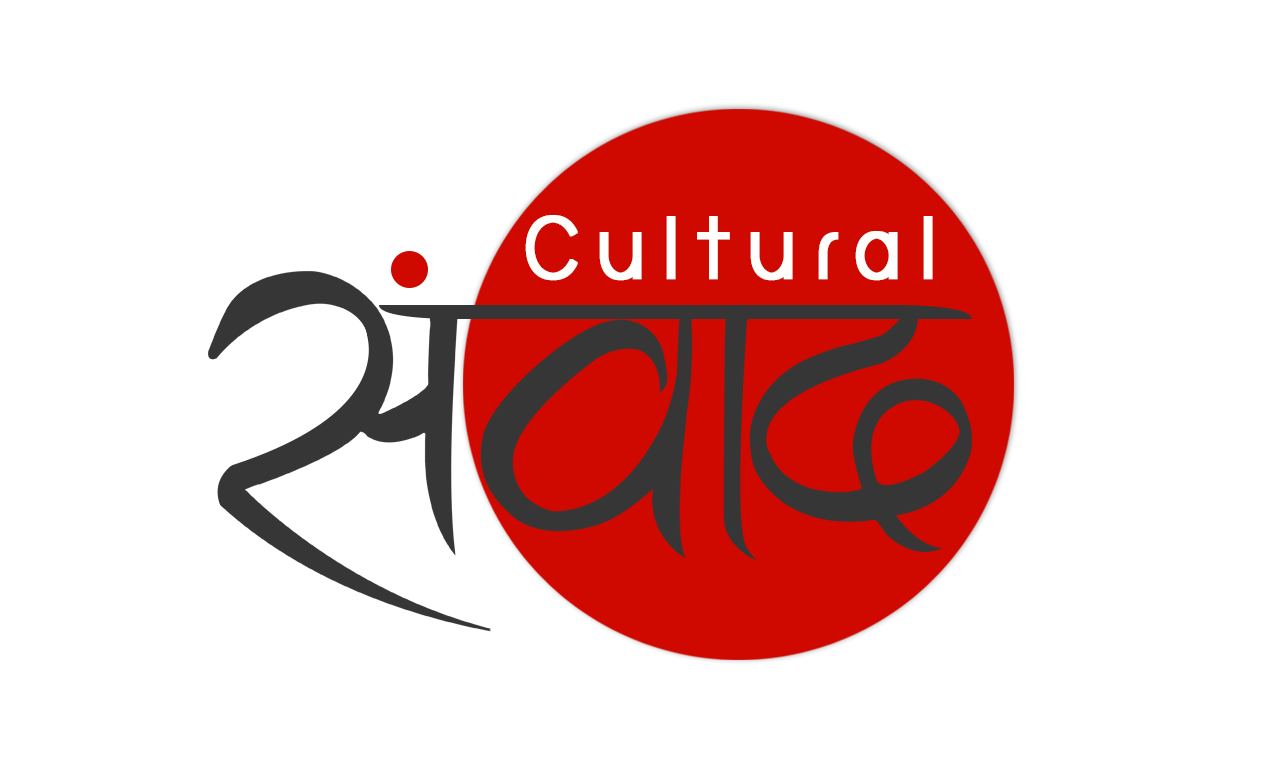

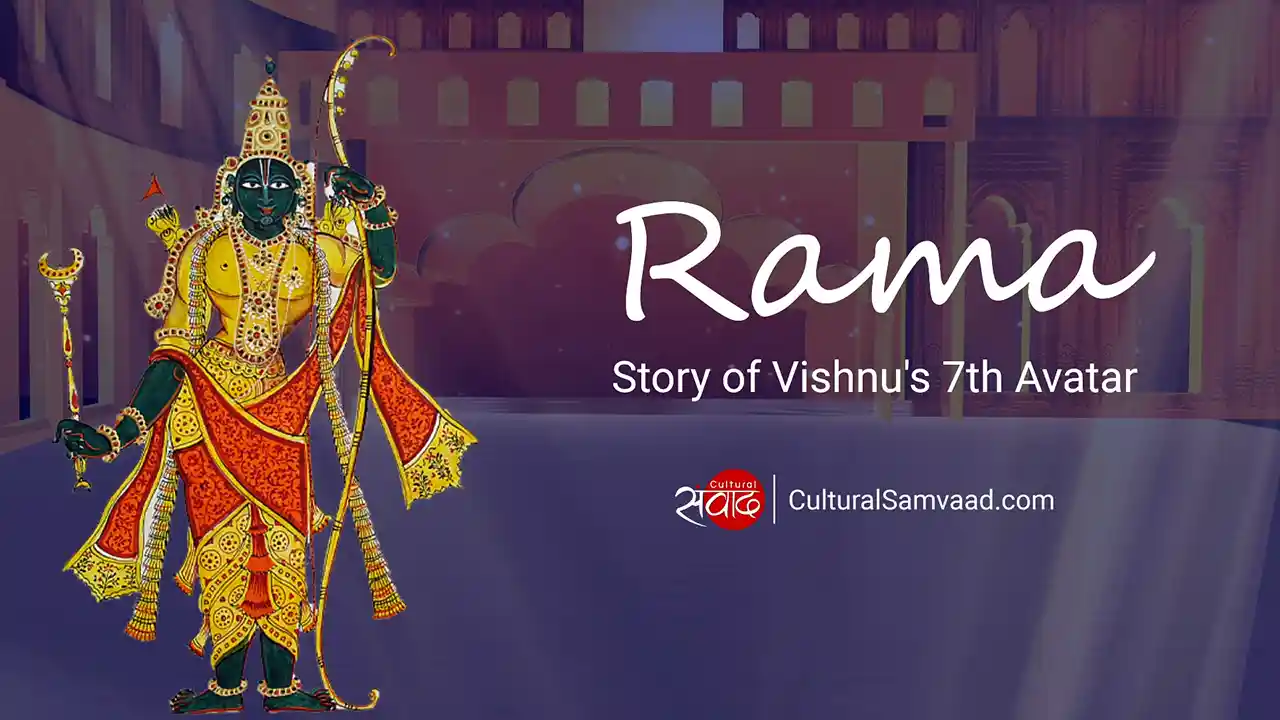
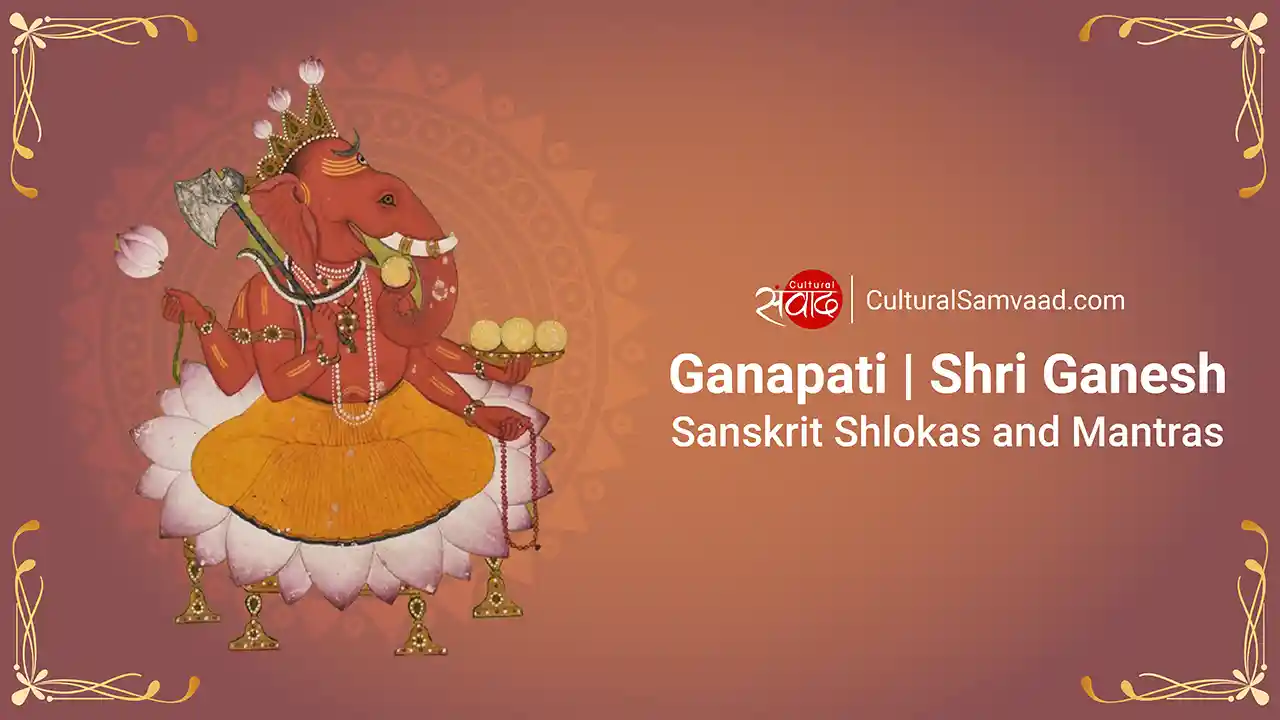
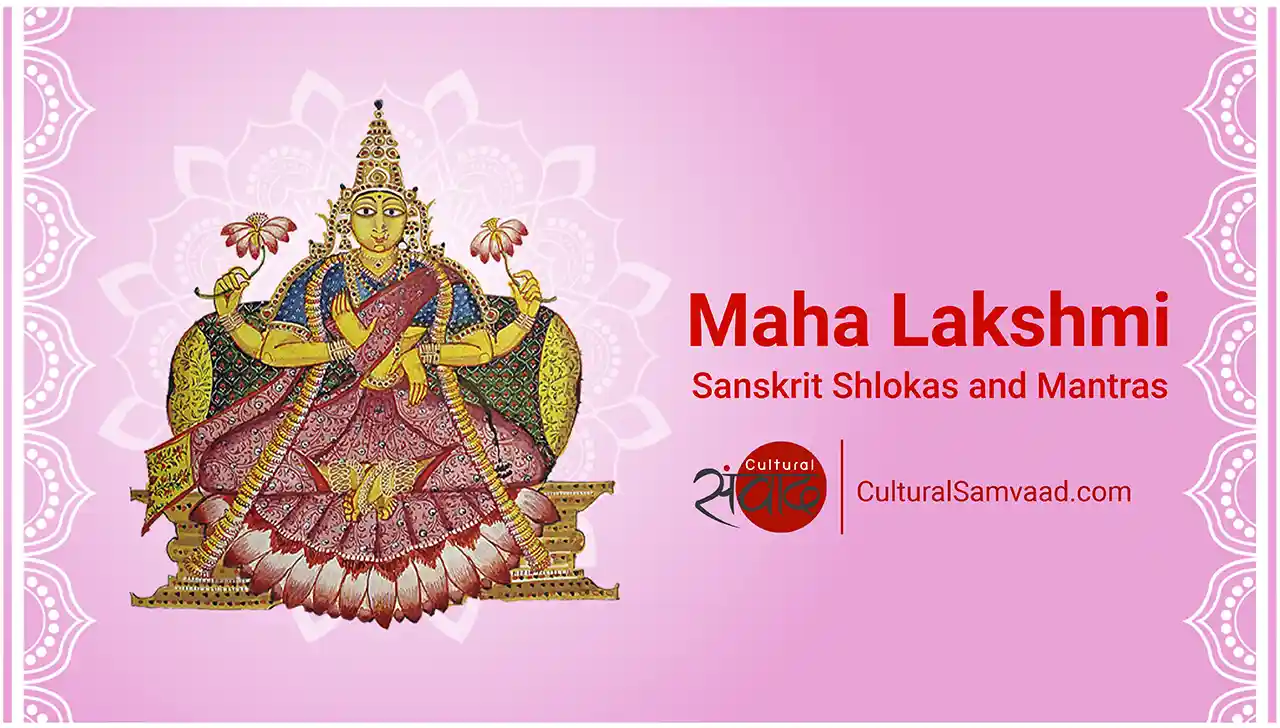
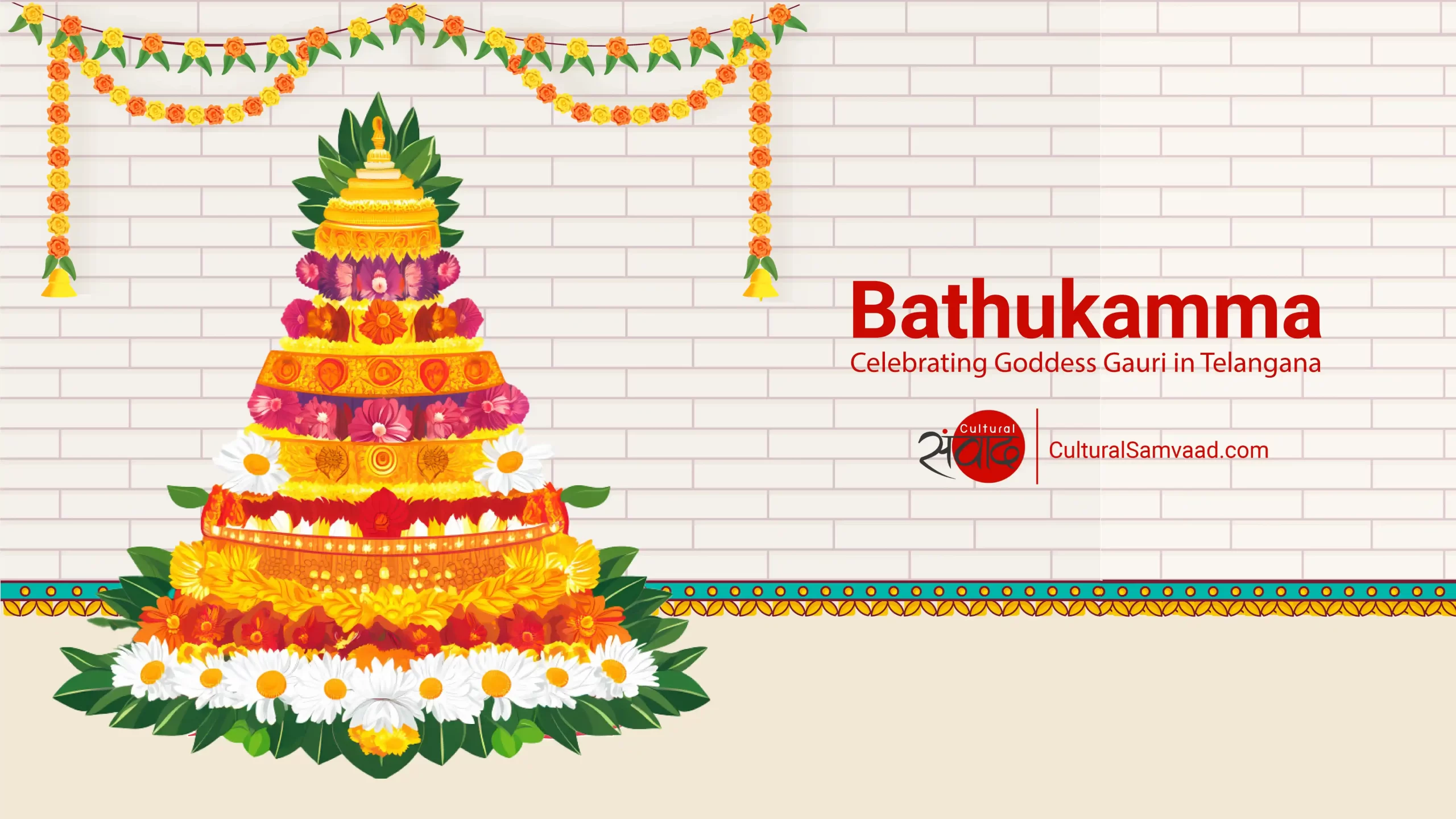
Add comment